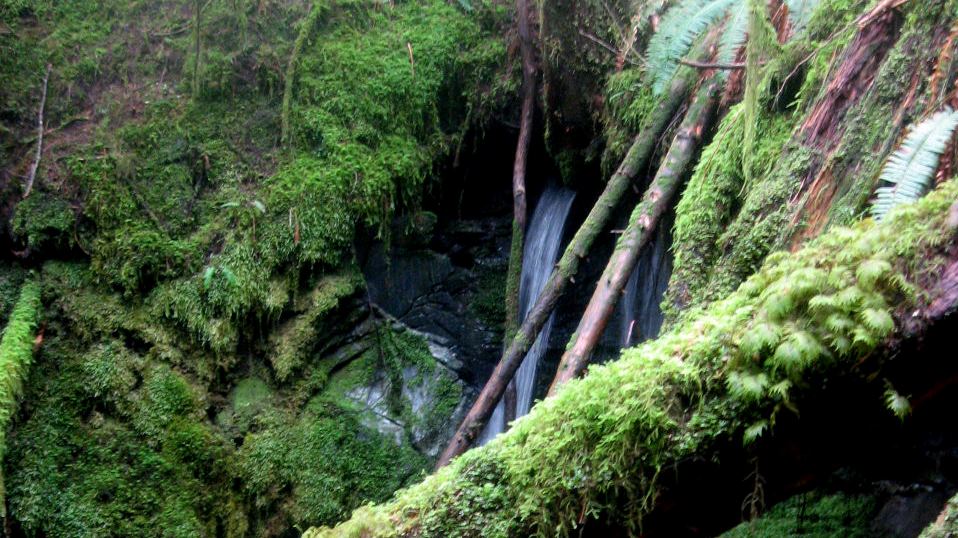105 Chapter 14 Groundwater — Physical Geology – 2nd Edition
Chapter 14 Groundwater
After reading this chapter, completing the exercises within it, and answering the questions at the end, you should be able to:
- Explain the concepts of porosity and permeability and the importance of these to groundwater storage and movement.
- Describe the relative porosities and permeabilities of some common geological materials.
- Define aquifers, aquitards, confining layers, and the differences between confined and unconfined aquifers.
- Explain the concepts of hydraulic head, the water table, potentiometric surface, and hydraulic gradient, and apply the Darcy equation to estimation of groundwater flow rates.
- Describe the flow of groundwater from recharge areas to discharge areas.
- Describe the nature of groundwater flow in karst systems.
- Explain how wells are used to extract groundwater and the implications of over-pumping a well.
- Describe how observation wells are used to monitor groundwater levels and the importance of protecting groundwater resources.
- Distinguish between natural and anthropogenic contamination of groundwater.
- Describe some of the ways that groundwater can become contaminated, and how contamination can be minimized.

As we saw in Chapter 13, fresh water makes up only 3% of the water on Earth. Approximately two-thirds of that is glacial ice and most of the rest is groundwater. We can’t live without water, and it’s easy to see that groundwater represents a critically important component of our water supply. Groundwater is not as easily accessed as surface water, but it is also not as easily contaminated as surface water. If more than 7 billion of us want to continue living comfortably here on Earth, we have to take great care of our groundwater and learn how to use it sustainably.
Media Attributions
- Figure 14.0.1: © Steven Earle. CC BY.
<!– pb_fixme –>

